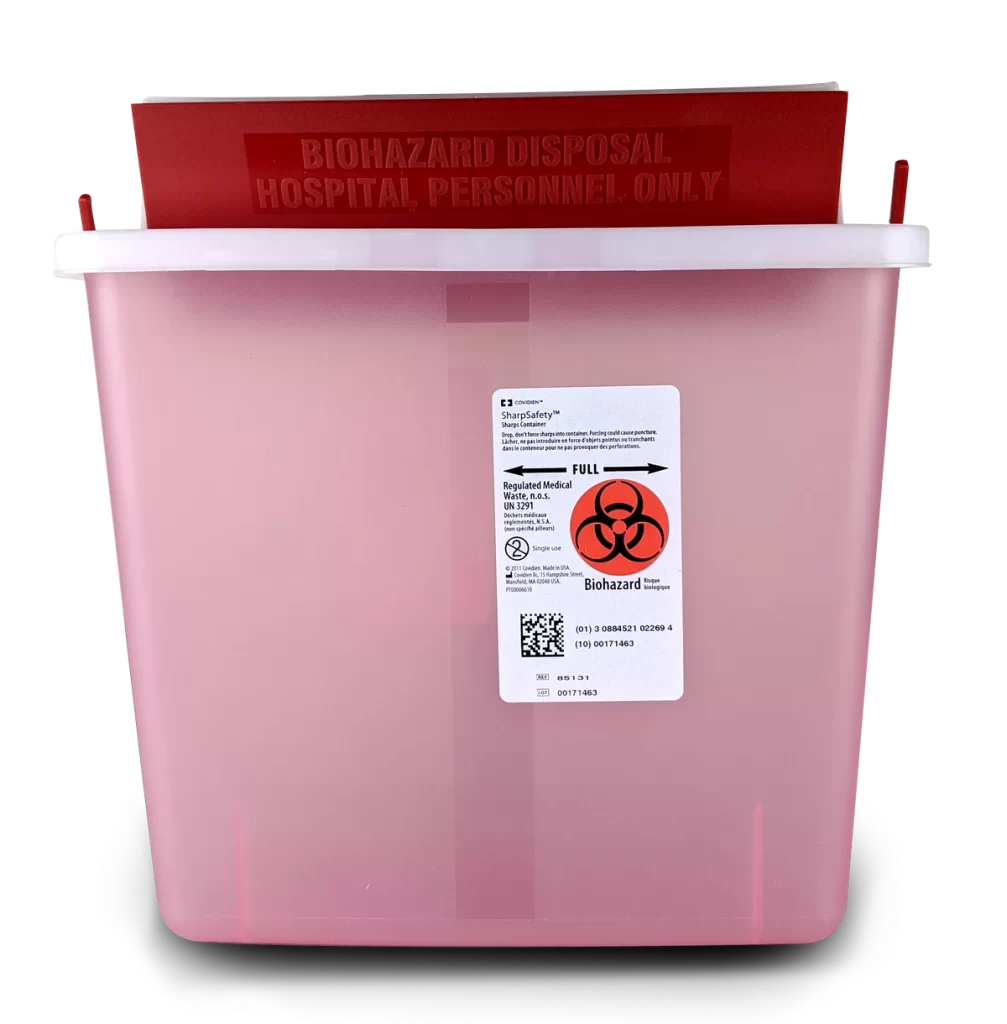Colorado Regulated Medical Waste Compliance Standards
In Colorado, the regulation of medical waste is primarily overseen by the Colorado Department of Public Health and Environment (CDPHE), which issues permits, enforces waste management regulations, and conducts inspections to ensure compliance with state rules. The Occupational Safety and Health Administration (OSHA) enforces federal standards for worker safety, including the Bloodborne Pathogens Standard and Hazard Communication Standard. The Environmental Protection Agency (EPA) provides overarching guidelines for hazardous waste management under the Resource Conservation and Recovery Act (RCRA). Local health departments may also have specific regulations and conduct health inspections.
CDPHE defines medical waste as including “wastes generated in a health care setting in the diagnosis, treatment, immunization, or care of humans or animals; generated in autopsy or necropsy; generated during preparation of a body for cremation or interment; generated in research pertaining to the production or testing of microbiologicals; generated in research using human or animal pathogens; or related to accident, suicide, or other physical trauma.”
Facilities generating such waste include hospitals, clinics, surgery centers, dialysis centers, blood banks, long term care facilities, hospices, funeral homes, laboratories, pharmacies, body art establishments, acupuncture facilities, trauma scene cleanup sites, facilities holding shot clinics or health fairs, and pet shops.
The particular types of medical waste subject to regulation by CDPHE include:
- Blood and body fluids and some semi-solid pathological waste
- Potentially infectious waste including trauma scene waste
- Pathological waste consisting of recognizable human body parts or limbs
- Radioactive medical waste
CDPHE requires that generators exercise special care when containing, labeling, storing, and disposing of medical waste.
Containment
Non-sharps medical waste regulated under OSHA’s Bloodborne Pathogen Standard must be appropriately contained and properly labeled in accordance with 29 CFR 1910.1030. These wastes must be stored in bags or containers designed to store the type of medical waste placed in it. Bags used to contain medical waste generated at the facility must prevent leakage and have sufficient strength to prevent ripping, tearing, or bursting under normal conditions of use and handling. Bags must be tied off or taped closed when full. Sharps waste must be accumulated, stored and disposed of in a container that is rigid, leakproof, puncture-resistant and closable, consistent with the requirements under OSHA’s Bloodborne Pathogens Standard. CDPHE recommends that sharps containers manufactured for the sole purpose of sharps containment be used.
Labeling
CDPHE requires that containers of potentially infectious waste, blood and body fluids, pathological waste, and sharps waste must be labeled in accordance with OSHA’s Bloodborne Pathogens Standard. The label must contain the word “Biohazard” using the universal biohazard symbol and must be legible and in good condition. The background of the label must be fluorescent orange or orange-red and the universal biohazard symbol and “Biohazard” lettering must be of a contrasting color. Secondary containment containers must also be properly labeled.
Storage
Storage areas should be in secured, enclosed structures or storage units that are inaccessible to animals and unauthorized personnel. Appropriate warning signs should be posted. Unrefrigerated putrescible medical waste (which is capable of decomposing and thereby attracting insects or rodents) may be stored for no longer than 30 days. Medical waste that is packaged to meet all OSHA and US DOT requirements and is kept refrigerated (45ºF degrees or less) or frozen may be stored on-site for no more than 90 days.
Treatment and Disposal
Medical waste that will be transported off-site for treatment and disposal must meet United States Department of Transportation (US DOT) requirements (49 CFR Parts 171-180) applicable to the waste type. Generators of medical waste that utilize medical waste mail-back services must ensure that the medical waste is packaged according to United States Postal Service (USPS) requirements and that appropriate receptacles, packaging, labeling, marking materials, and documentation. Generators who choose to dispose of medical waste on-site must either obtain a Certificate of Designation from CDPHE, or send the waste offsite to an approved commercial medical waste treatment facility.




